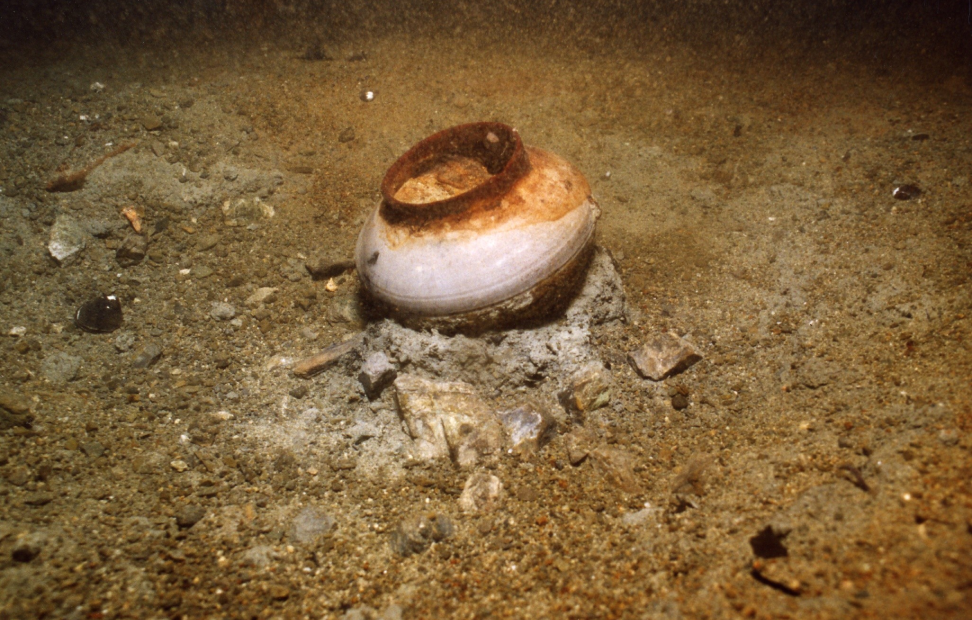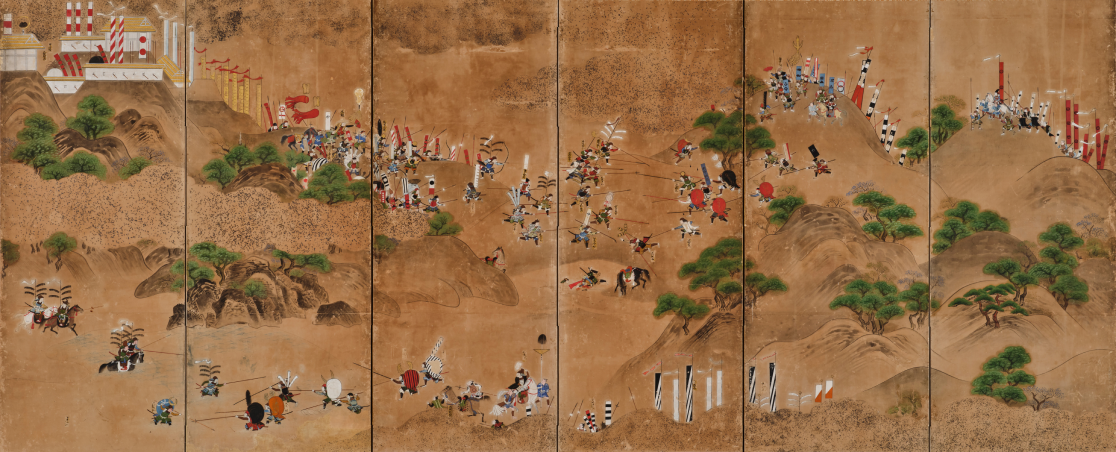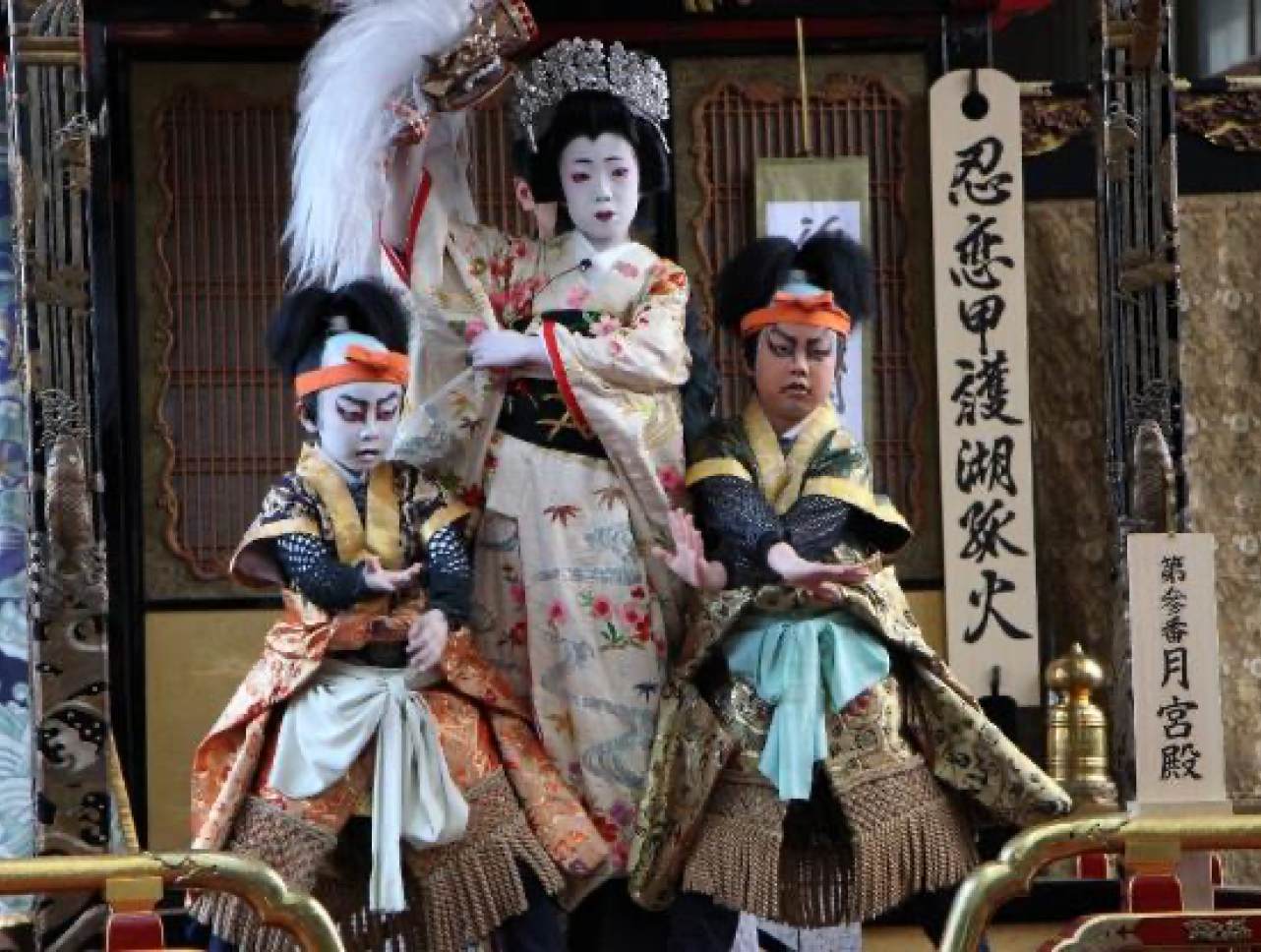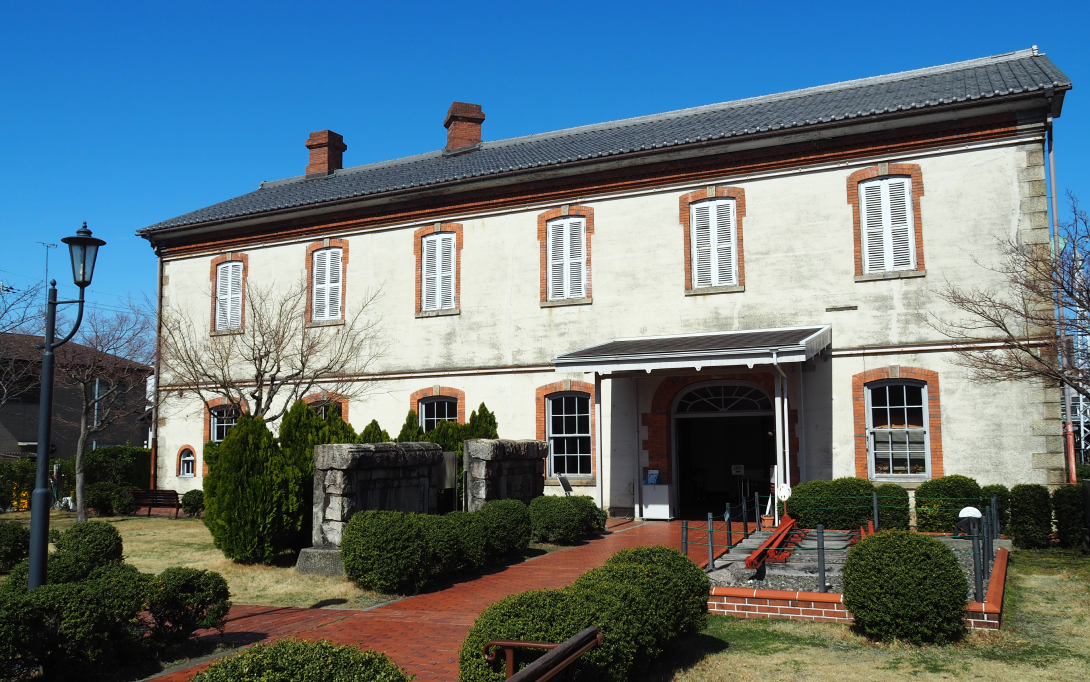A Brief History of Nagahama
Ancient times in Kohoku

Preserving Cultural Materials Pertaining to Religion

From the Collection of the Nagahama Castle History Museum

From the Collection of the Nagahama Castle History Museum
Many mountain temples were built in the northern part of Shiga Prefecture, home to such steep and deep mountains as Mt. Ibuki and Mt. Kodakami. Buddhist culture flourished in Nagahama under the influence of Enryakuji Temple, the main temple of the Tendai sect of Buddhism. There are still many valuable Buddhist statues of great age in Nagahama City. Especially in the former Ika-gun area, many statues of Kannon (the Goddess of Mercy) were created, and such old Kannon statues have been preserved by local residents. Therefore, this area is known as "Kannon no Sato" (Kannon Village). In Nagahama, where there are many Jodo Shinshu temples, the Jodo Shinshu faith is also still closely connected to the contemporary life and culture of the local people.
[Related facilities]
Nagahama, Sacred Land of the Warring States Period

From the Collection of the Nagahama Castle History Museum
The Flourishing of Edo Period Culture
Nagahama Town, which Hideyoshi created at the same time as Nagahama Castle, became the territory of the Hikone domain during the Edo period. The Hikone domain adopted Hideyoshi's policies, and so Nagahama developed as a commercial town. The Nagahama Hikiyama Festival was born during this period and is a representative Nagahama festival. This Nagahama Hachimangu Shrine festival features a parade through the town of gorgeous floats decorated with precious ornaments. In 2016 it was registered as a UNESCO Intangible Cultural Heritage representative, along with 32 other "Yama, Hoko, and Yatai events" throughout Japan. During this time, folk-culture performing arts features, such as Taiko dancing and Tomita dolls, blossomed in the rural areas of Nagahama.
[Related facilities]

The Meiji civilization and the modernization of Nagahama
In the Edo period (1603-1867), prosperity was brought Nagahama by the industries of raw silk spinning and of crepe de chine weaving. The townspeople of Nagahama continued to provide transportation on Lake Biwa. A new era, called the Meiji period, was born. The town of Nagahama had the first elementary school in Shiga Prefecture, Kaichi School, and the 21st National Bank was built in Nagahama. With the advent of steamships and railroads, the town was one of the first to modernize and develop.
[Related facilities]

In the Edo period (1603-1867), prosperity was brought Nagahama by the industries of raw silk spinning and of crepe de chine weaving. The townspeople of Nagahama continued to provide transportation on Lake Biwa. A new era, called the Meiji period, was born. The town of Nagahama had the first elementary school in Shiga Prefecture, Kaichi School, and the 21st National Bank was built in Nagahama. With the advent of steamships and railroads, the town was one of the first to modernize and develop.
[Related facilities]
